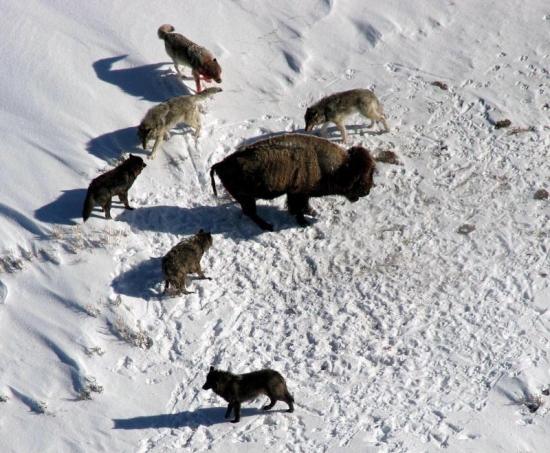by
Jan. 1, 1970
For help referencing place names, use the Yellowstone SpotR app:
• Download Yellowstone SpotR for Apple iOS
• Download Yellowstone SpotR for Google Android
